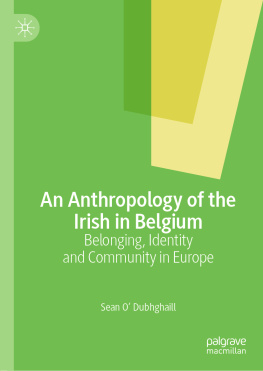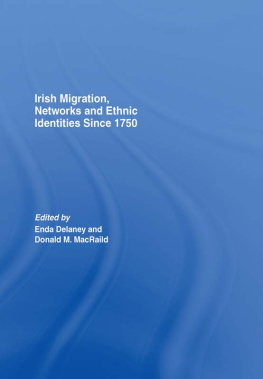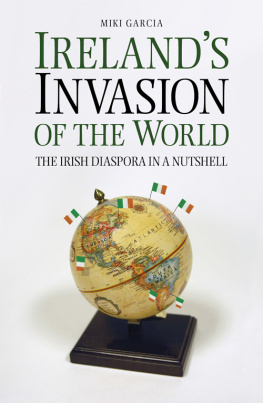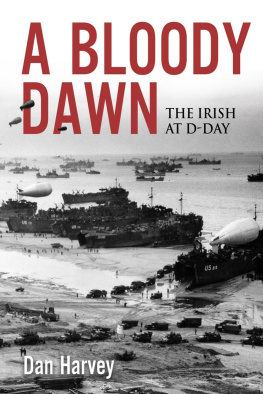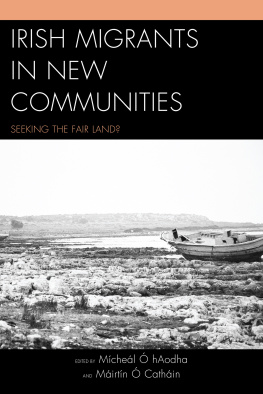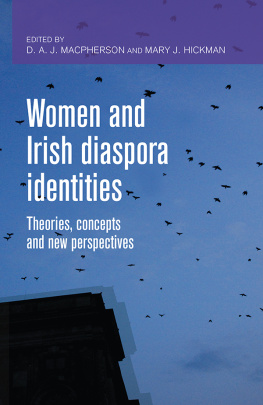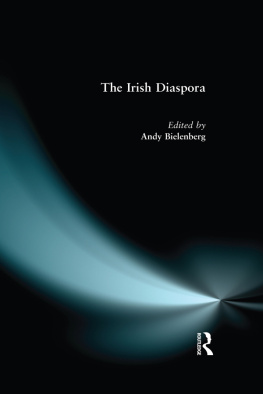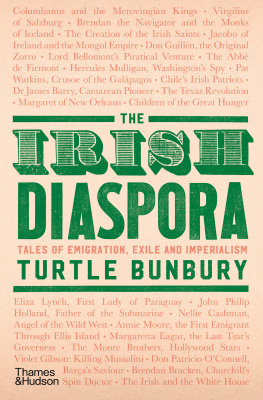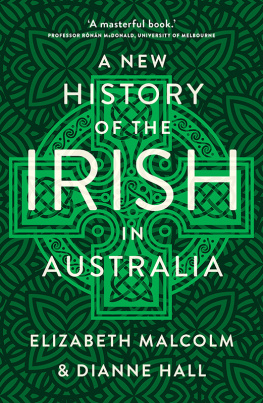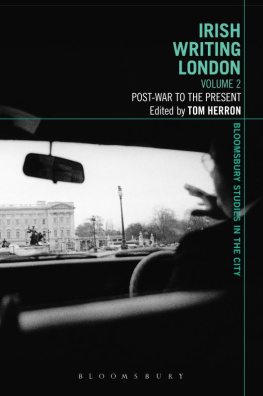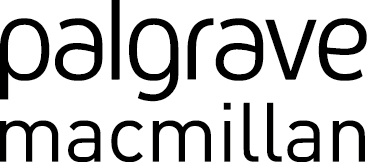Sean O Dubhghaill
Faculty of Social Sciences, KU Leuven, Leuven, Belgium
ISBN 978-3-030-24146-9 e-ISBN 978-3-030-24147-6
https://doi.org/10.1007/978-3-030-24147-6
The Editor(s) (if applicable) and The Author(s), under exclusive license to Springer Nature Switzerland AG 2020
This work is subject to copyright. All rights are solely and exclusively licensed by the Publisher, whether the whole or part of the material is concerned, specifically the rights of translation, reprinting, reuse of illustrations, recitation, broadcasting, reproduction on microfilms or in any other physical way, and transmission or information storage and retrieval, electronic adaptation, computer software, or by similar or dissimilar methodology now known or hereafter developed.
The use of general descriptive names, registered names, trademarks, service marks, etc. in this publication does not imply, even in the absence of a specific statement, that such names are exempt from the relevant protective laws and regulations and therefore free for general use.
The publisher, the authors and the editors are safe to assume that the advice and information in this book are believed to be true and accurate at the date of publication. Neither the publisher nor the authors or the editors give a warranty, expressed or implied, with respect to the material contained herein or for any errors or omissions that may have been made. The publisher remains neutral with regard to jurisdictional claims in published maps and institutional affiliations.
This Palgrave Macmillan imprint is published by the registered company Springer Nature Switzerland AG
The registered company address is: Gewerbestrasse 11, 6330 Cham, Switzerland
Preface
This book attempts to address the question of how communities change over time and across geographical space. What does it mean to be a community apart? How does it alter the perception of those who reside within it? Do they come to have new views on home? Who else shares these new community spaces? This work takes the Irish community in Belgium as a case study and uses the dual lenses of community and identity to explore the complex contours of Irishness and Europeanness in the twenty-first century. However, instead of taking a sterile view from a distance, this work employs the personal, situational and context-sensitive approach of anthropology to communicate how community might be better understood. This work is attentive to the issues that concern the Irish in Belgium and provides an examination of the broader claims made about how the Irish are understood at home and abroad.
To begin, while Belgium is thought to represent a great significance to the people of Ireland, through commerce, political belonging and history (Belgium is Irelands third largest export market, valued at 18.1 bn, Ireland is a member of the European Union, headquartered in Brussels, and the historical presence of an Irish College in Leuven, to the north of Belgium and many others ) these overlaps have not warranted a manuscript-length treatment of the Irish community in Belgium to date. There are many reasons for why this is, chief among which is the general trend of examining Irish communities in anglophone emigration trajectories (USA, UK, Australia and Canada) in Irish studies. Belgium, therefore, represents a fairly novel fieldsite in which questions about belonging and identity might be addressed.
The risk that is run in paying insufficient attention to Belgium as an area of interest is not just the fact that it is an interesting and commonly overlooked site in its own right (See Blainey 2016), but also that it is home to a staggering amalgamation of peoples; the capital, Brussels, houses people from 179 nations. This cosmopolitanism is also complemented by observable examples of more expected cultural fare, such as ethnically themed restaurants and, in the case of the Irish, pubs.
To that end, Belgium also represents an excellent springboard from which questions can be launched anew concerning how we view a community abroad, how travel changes or fails to change ones perception of identity, the role played by the European Union in Irish affairs, the role played by the historical connections between Ireland and Belgium as well as how people from other nationalities interact with Irishness, and how these interactions are viewed and imagined. Each of these aforementioned topics is given chapter-length examinations in this work, which only leaves us to answer the second question concerning how well anthropology is suited to a project of the kind described here.
I originally decided to work among the Irish community in order to better understand how a group of a little more than 5 million (in the Republic of Ireland) relate and work to understand the more than 70 million members of the Irish community worldwide (DFA 2017). What conditions the interaction between the home community and the worldwide diaspora? What is at stake in the interaction between the two? What kind of role does the Irish language play in ones own perception of Irishness? Executing fieldwork in Brussels also allowed me to expand these questions and to situate them in the unique context of Irelands involvement in the European Union and how it might be generalised and compared to those of other Member States.
As I mentioned previously, idly asking these questions rhetorically is one thing, but executing them in a manner that satisfied the rigours of an academic work is quite another. The role played by context is an important one to this work, and anthropology is best placed for an investigation of this kind: here I am in complete agreement with what Eric Wolf contends about anthropology, that it is the most humane of the sciences and the scientific of the humanities (Wolf 1964: 88). Anthropology is an excellent medium through which to analyse the interpersonal encounters of issues such as community, identity, language, otherness, and common and shared imaginative viewpoints. Anthropology attends to the culturally specific, the personal and the nuanced. Believing with Engelke, as he remarks in his excellent Think Like an Anthropologist (2017), anthropologys job is to take a common staple of our everyday experience (who we think we are, who we think we are related to and why, how we fit others into our private conceptual maps) and to re-examine it more holistically by taking many views into account. Anthropology is nothing short of a necessity in an era of echo chambering, autocratic didacts and people who think that authority is derived from talking over others, and not to or with them.
Anthropologys power resides in its emphasis on storytelling and in establishing linkages between the ongoing socio-historical processes and our day-to-day lives. We try to work from the latter back to the former, where conversations in a pub on a sunny afternoon will drift from the personal to the topical order of the day (or perhaps the other way around). Proper attention to induction is also a necessity here where researchers do not push for any particular hypothesis to be demonstrated or try to get data to fit a one-size-fits-all mould. This is beneficial because instead of honing in on one method alone, many different sources can be appealed to which take observations and contentions made in casual encounters and can make them speak to ongoing discussions in other areas of academia or popular culture; to that end, film, literature and the analyses from other social sciences and philosophy are common dialogue partners to anthropology.

